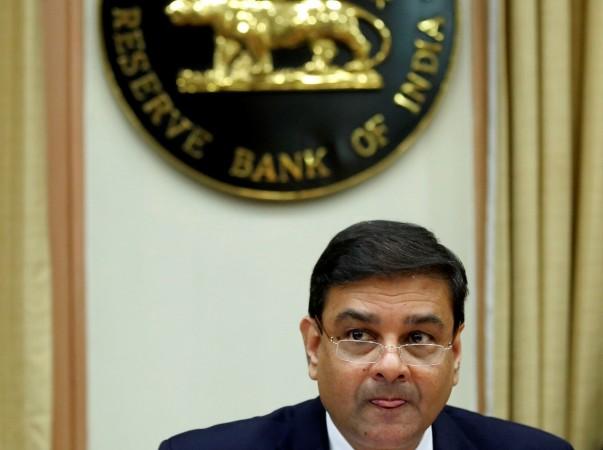
After seeking two exemptions — on May 25 and June 8 — from appearing before a Parliamentary panel on demonetisation, RBI governor Urjit Patel is scheduled to appear on Wednesday to update the MPs on demonetisation and the shift towards digital economy.
The agenda for the meeting on Wednesday also includes the shift towards adoption of digital economy and the challenges in driving it, news agency ANI said.
Also read: With more currency and no digital shift, demonetisation is a failure
He was last questioned by the panel — Standing Committee on Finance — on January 18, almost at the peak of the cash crunch across the country.
The biggest question that he could answer is this: how many banned notes have been returned to the banking system. It may be recalled that the government had banned currencies worth Rs 15.44 lakh crore, representating almost 86 percent of the total currency in circulation (in value terms).
While the government banned the old series of Rs 500 notes in addition to the Rs 1,000 denomination, it re-introduced a new series of Rs 500 from November 10, two days after announcing the decision.
The deadline for depositing the banned notes with the RBI for non-resident Indians (NRIs) ended on June 30 while for resident Indians, the window closed on March 31 this year. The option to deposit the banned notes with commercial banks ended on December 30 last year.
The Modi government had claimed that the decision to ban high-value notes was aimed at curbing the incidence of black money in the economy, besides putting a tight leash on corruption and eliminating counterfeit Indian notes being used by terrorists for financing their activities.
India's economic growth slowed down as a result of demonetisation, leading to the GDP growth rate falling to 6.1 percent for the March 2017 quarter.















